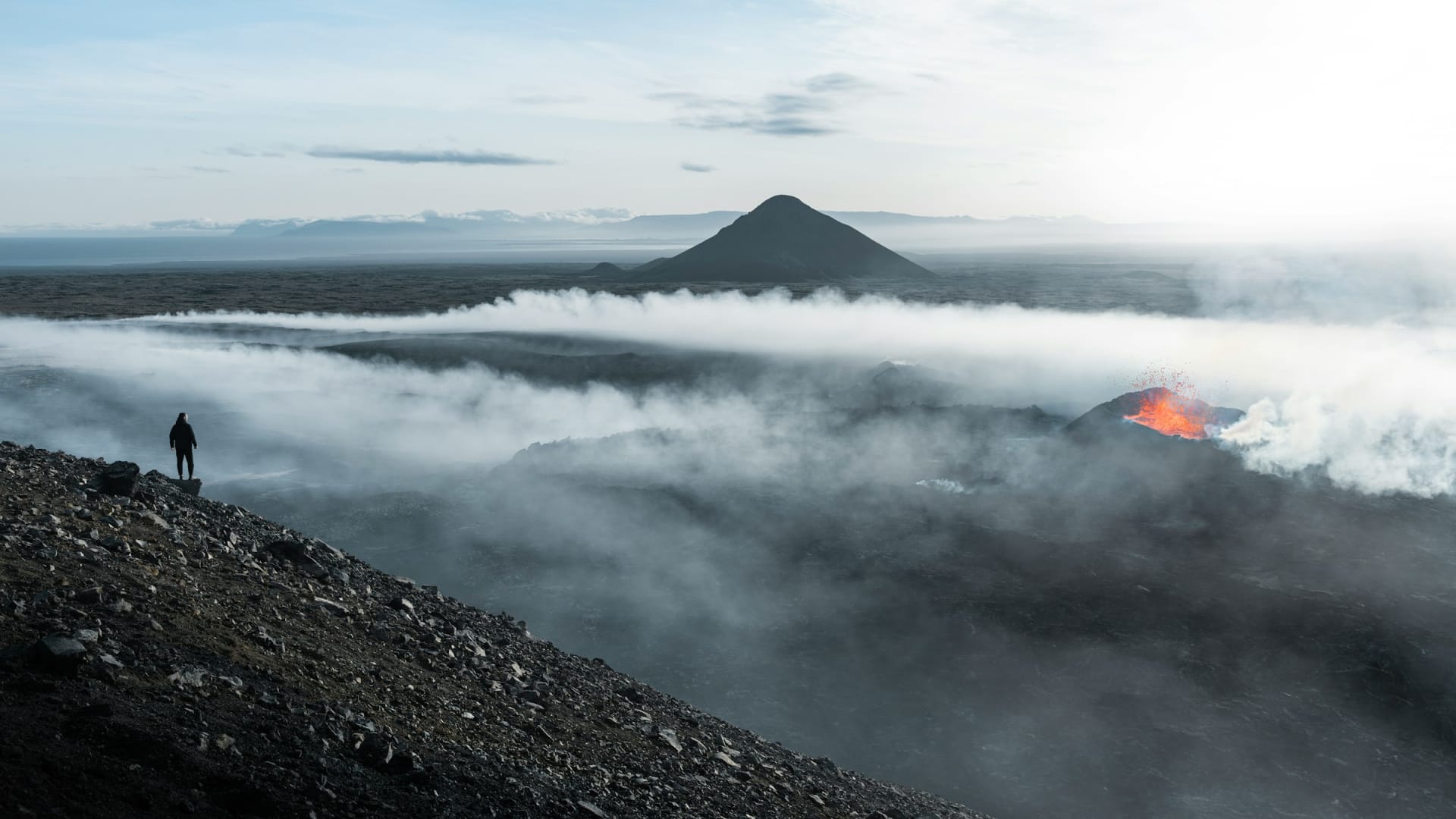Jul. 17, 2025 |
Volcanic activity and the climate. In last week’s member’s despatch, our weather report was on the eruption of Indonesia’s Mount Lewotobi Laki Laki. In the days since, we have seen new eruptions in Iceland, where Sundhnúkur has ripped open a new fissure in the barren landscape. Hawaii’s Kilauea is one of the world’s most active volcanoes, and it’s also been erupting this summer, shooting lava jets as high as 350 meters into the air in May. Volcán de Fuego erupted in Guatemala in June. Elsewhere in June, Sicily’s Mount Etna erupted.
While it isn’t yet well understood, there appears to be a link between volcanic eruptions and the climate. When a volcano erupts, it emits volcanic gases, aerosol droplets, and ash into the stratosphere. Some of those volcanic gases, like sulfur dioxide, can cause global cooling at that altitude. But eruptions can also release a lot of carbon dioxide, which can do the opposite.
The observed impact, however, is striking: “Several eruptions during the past century have caused a decline in the average temperature at the Earth’s surface of up to half a degree (Fahrenheit scale) for periods of one to three years,” according to scientists at the United States Geological Survey.
—Brendan Hasenstab

